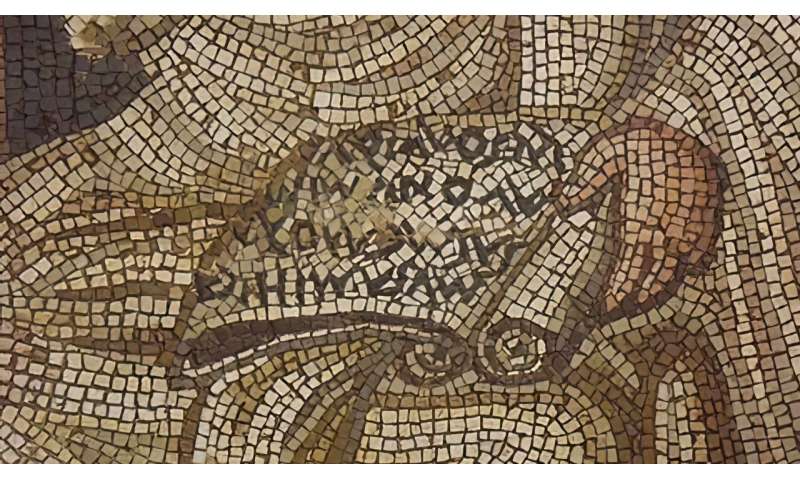Information drove development of early states
by Jenna Marshall
Who could imagine a 21st century without data? Sophisticated information processing is key to the way societies function today. And it turns out it was also critical to the evolution of early states. According to new research led by an SFI team, the ability to store and process information was central to sociopolitical development across civilizations ranging from the Neolithic to the last millennium.
"There's a fundamental relationship between the way in which societies process information and how large they are able to become," says SFI External Professor Tim Kohler, an archaeologist at Washington State University and an author on a new paper published this month in Nature Communications.
Kohler and his colleagues—a range of SFI resident and external faculty and researchers—dug into what's called the Seshat Global History Databank, a massive assembly of historical and archaeological information spanning more than 400 societies, 30 regions, and 10,000 years of human history.
The team's findings show that historically, the sociopolitical development of human polities underwent three phases: population growth, followed by the development of more sophisticated information processing, which led to subsequent growth.
"Personally it was very interesting to see these shared patterns of societal growth around the world," says lead author Jaeweon Shin, a participant in SFI's 2018 Undergraduate Complexity Research program.
The team re-analyzed the work of evolutionary anthropologist and ecologist Peter Turchin, whose earlier study of Seshat portrayed sociopolitical evolution as a mostly homogenous process as societies grow in population and geographical size. He and his colleagues had used the technique of principal component analysis to analyze variation and patterns in the dataset—looking at variables like population size, economies, religions, and infrastructure. They concluded that civilizations share similar, predictable patterns in the way they develop and become more complex over time, and that disparate societies can be compared along a single dimension.
SFI Professor David Wolpert wanted to dig further. "My reaction was that it was flabbergasting," he says. A closer look at the data revealed considerable variation in what happens to societies as they expand, he says. Initially, population growth is a dominant force in a society's complexity. But once they get to a certain size, they need to develop more sophisticated ways of dealing with information and economic transactions (through inventions like writing and currency) in order to grow further.
Information storage and processing are "not just some interesting little sidelight," Kohler says, "They are in fact extremely central to the process."
To date, the Seshat database only covers ancient history, and the variables analyzed reflected the times: did a society have roads? Money? Religion? There was nothing in the dataset asking about airplanes or social media.
The 21st century offers an entirely new scenario. Just think how much has changed in the past 30 years. "You have enormous new capabilities for storing and processing data that are just well beyond the scope of anything anybody could imagine," Kohler says. "Does that imply that we're going to have another growth in scale for polities? And if so, what would that look like?"
More information: Jaeweon Shin et al. Scale and information-processing thresholds in Holocene social evolution, Nature Communications (2020). DOI: 10.1038/s41467-020-16035-9
Journal information: Nature Communications
Provided by Santa Fe Institute